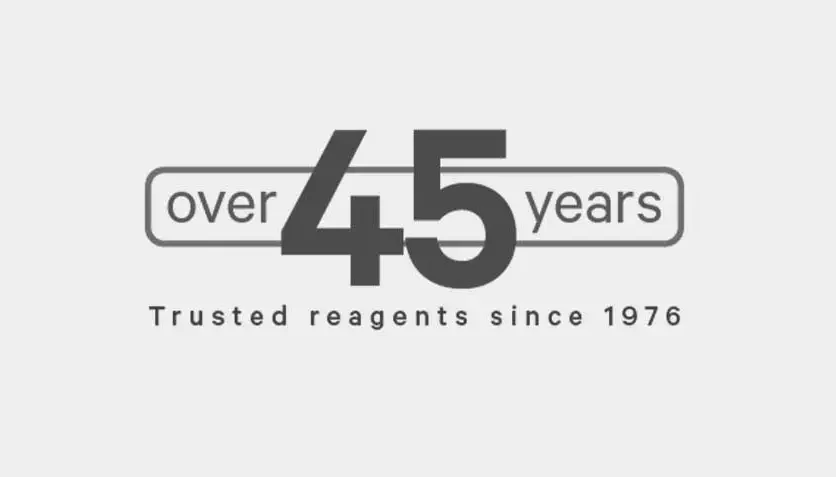Vector Laboratories is closed for the President’s Day on Monday, February 19th. We will be back in the office on Tuesday, February 20th.
We will respond to emails upon our return. Have a wonderful day.
Menu
Vector Laboratories is closed for the President’s Day on Monday, February 19th. We will be back in the office on Tuesday, February 20th.
We will respond to emails upon our return. Have a wonderful day.
Bis-dPEG®3-biotin, product number QBD-10325, is a novel biotin-labeling product composed of a dPEG®3 spacer with biotin attached to each end of the spacer, Bis-dPEG®3-biotin offers customers unique opportunities for exploiting the biotin-avidin/streptavidin affinity since it can bind to two different avidin/streptavidin binding sites, both intramolecularly and intermolecularly. Indeed, this product was developed specifically to block endogenous biotin found in all cells and tissues so that it did not interfere with targeted biotin-streptavidin interactions in therapeutic and diagnostic applications where endogenous biotin was known to cause problems.
The binding behavior of Bis-dPEG®3-biotin with streptavidin opens up possible uses for the product in the self-assembly of supramolecular constructs and signal amplification. In the first example, if two parts of a potential supramolecular construct both contain avidin or streptavidin, addition of QBD-10325 under empirically determined optimized conditions could trigger self-assembly of the construct as the bis-dPEG®3-biotin binds to the separate avidin or streptavidin molecules in the two halves of the construct. In the second example, multiple streptavidin molecules conjugated to horseradish peroxidase (HRP) could be bound together with a streptavidin-biotinylated protein complex (for example, a biotinylated antibody), thus amplifying the signal from HRP.
| Unit Size | 50 mg, 1000 mg |
|---|---|
| Molecular Weight | 672.90; single compound |
| Chemical formula | C₃₀H₅₂N₆O₇S₂ |
| CAS | 194920-54-2 |
| Purity | > 98% |
| Spacers | dPEG® Spacer is 15 atoms and 18.1 Å |
| Shipping | Ambient |
| Typical solubility properties (for additional information contact Customer Support) | DMAC, DMSO or water. |
| Storage and handling | -20°C; Always let come to room temperature before opening; be careful to limit exposure to moisture and restore under an inert atmosphere; stock solutions can be prepared with dry solvent and kept for several days (freeze when not in use). dPEG® pegylation compounds are generally hygroscopic and should be treated as such. This will be less noticeable with liquids, but the solids will become tacky and difficult to manipulate, if care is not taken to minimize air exposure. |
Greg T. Hermanson, Bioconjugate Techniques, 3rd Edition, Elsevier, Waltham, MA 02451, 2013, ISBN 978-0-12-382239-0; See Chapter 18, Discrete PEG Reagents, pp. 787-821, for a full overview of the dPEG® products.
Applicable patents and legal notices are available at legal notices.
Stay in the Loop. Join Our Online Community
Together we breakthroughTM

©Vector Laboratories, Inc. 2024 All Rights Reserved.
How do I Request a Quote?
To request a quote for products: